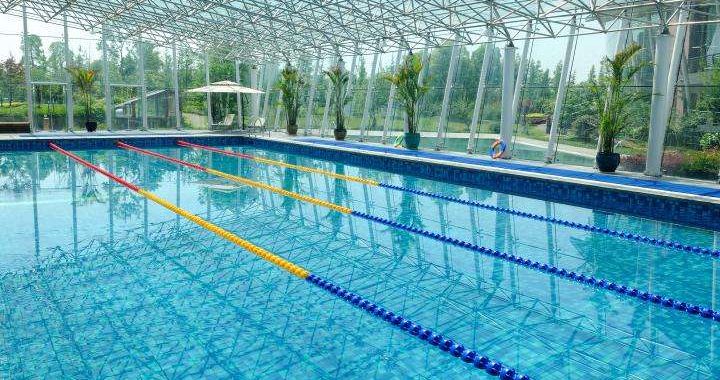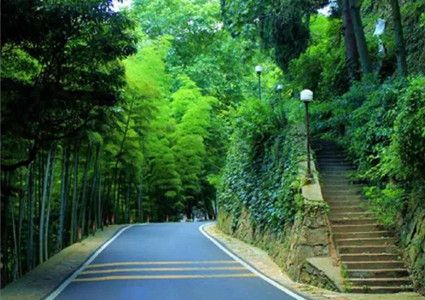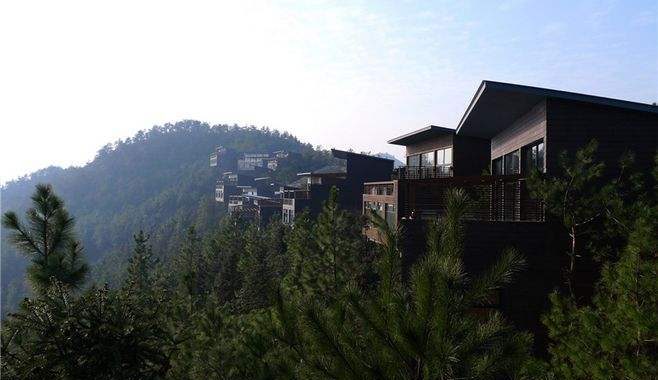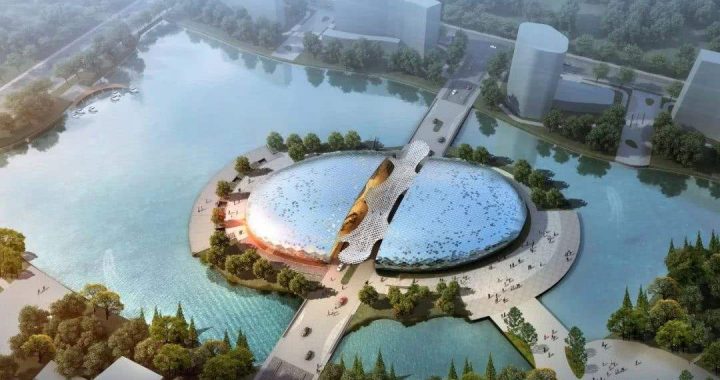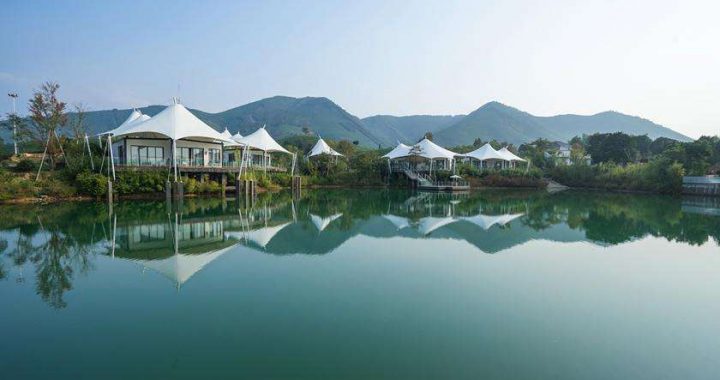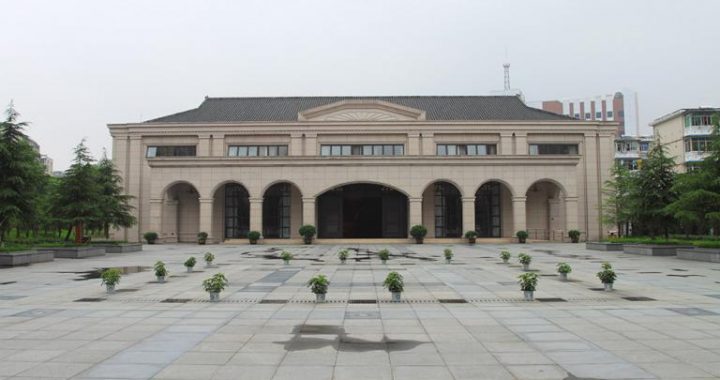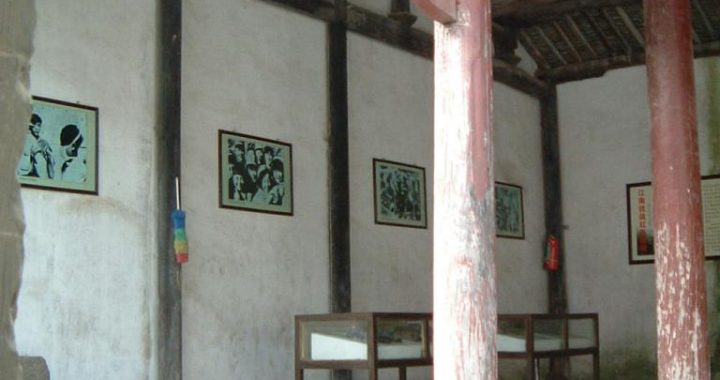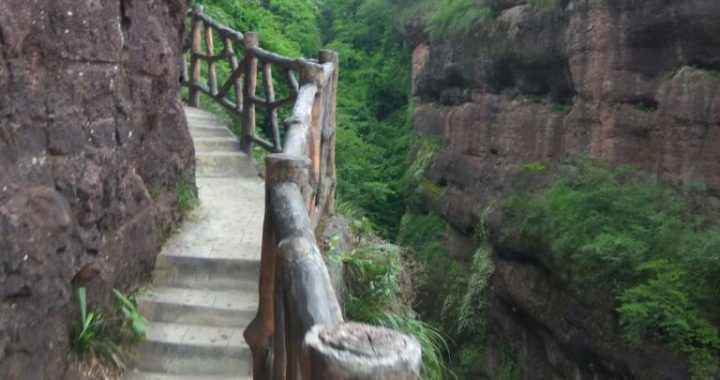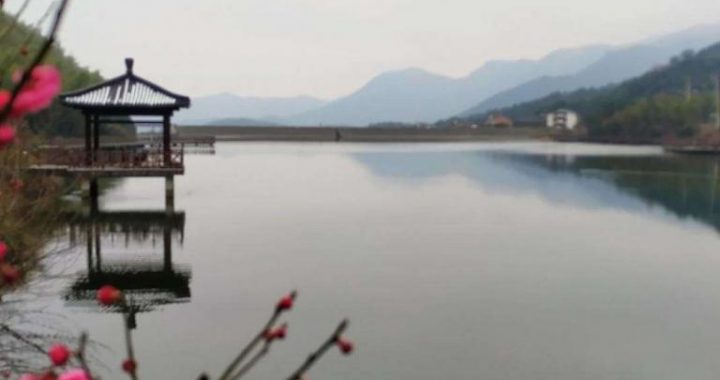Temples and Religions in Deqing
3 min readThe earliest temples on Mogan Mountain can be traced back to the Liang(502-557)of the Southern Dynasties(420-589).Religions got developed in the Tang Dynasty(618-907) and the Five Dynasties(907-960), and entered the prime in the periods of Kangxi and Qianlong of the Qing Dynasty (1644-1911). The temples, nunneries and monasteries over the mountain amounted to more than 400 before the Opium War. According to an old saying,a monk started from his Tianchi Temple(Heaven Pond Temple), and paid a religious visit at one temple every day. When he returned, one year had passed.

In the late Qing Dynasty, many temples were destroyed by a continuous natural disaster and man-made damages, some of them destroyed in wars, some burnt up by fire, even collapsed from lacking of charitable donations to repair, which compelled monks and nuns to leave.There were only less than 80 temples left in broken state. During the 1950s to the 1970s, most Buddhist monks, nuns or Taoist priests resumed their secular lives for some social and political causes, but the religious constructions were demolished again and again. When the movement of the”Cultural Revolution”ended, some temples got renovated, especially afterthe 1980s more temples were rebuilt in succession. Now tourists can paytheir visits to many temples including Yunxiu Temple, Ancient Yuansheng Temple, Huang Temple, Fahua Temple, Jingxin Nunnery and the site of Tianchi Temple. Among them Yunxiu Temple is out of the ordinary and wins the popularity most.

Located at Sanhe Township, Yunxiu Temple has gone through its long history and experienced many rises and falls. It was built in the 8th year of the Chunxi Period(1181) in the Song Dynasty, and got repaired in the 5thyear of the Zhizheng Period (1345) in the Yuan Dynasty. It was destroyed during the Jiajing Period of the Ming Dynasty and rebuilt during the Wanli Period. It was damaged, and declined again during the early period of Qianlong of the Qing Dynasty. In the 13th year of the Guangxu Period, the temple once again witnessed its prosperous time. Emperor Guangxu and the Empress Dowager Cixi in the Qing Dynasty even gave inscriptions personally for the halls of the temple. Now tourists can still find the inscriptions by Empress Dowager Cixi on the horizontal board of the sutra depository. During that period, the temple had 99 rooms, one big bell and one huge incense tripod. More than 70 monks and followers chanted Buddhist sutras in the temple. Because of the continuous civil wars in the period of the later Qing Dynasty, and the Anti-Japanese War, the temple went from bad to worse. After the foundation of the People’s Republic of China, the government made an appropriation for the restoring and repairing of the temple in 1955. Unfortunately, it suffered once again from the disaster of the”Cultural Revolution”. With the development of society and the policy of bringing order out of domestic chaos, the local government placed the temple as an important cultural relic among the protection units of the County in 1982. Under the support of the Cultural Relics Research Institute of Zhejiang Province and the State Bureau of Cultural Relics, in 1985 the temple including some halls directly related to religion was renovated first according to the original style of the Song Dynasty. After renovation and reconstruction, the ancient temple has an areaof 2,200 square meters and it formally returns to its business. In December 1989, it was listed as a key unit of cultural relics under the provincial protection.

